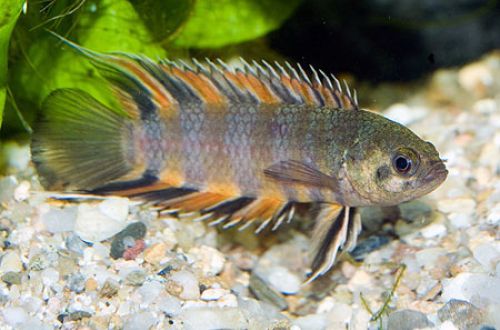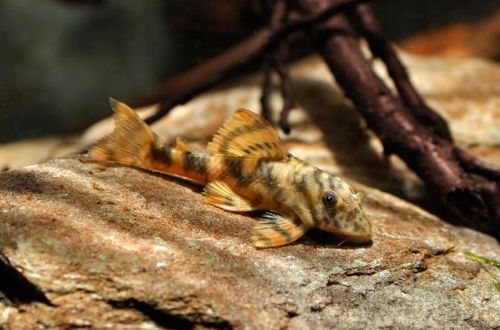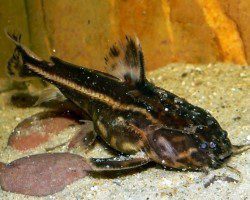
Talking catfish
Armored or Talking catfish, the scientific name of the family Doradidae. Native to South America from the vast Amazon and Orinoco basins, where they are found in swampy reservoirs. They are nocturnal and spend most of their time in shelters at the bottom under snags.
The natural habitat is subject to seasonal changes (droughts and floods) and catfish have developed amazing abilities to adapt to changing conditions. If the reservoir dries up, they can start a “journey on the ground” in search of a new place, moving with the help of hard pectoral fins on damp soil, or burrow into the ground for a while and stay in it until it starts to rain. The wait sometimes lasts a couple of months, during which time they fall into a special physiological state in which the metabolism slows down greatly. Another adaptation to the environment is associated with their ability to “breathe” atmospheric air when the concentration of dissolved oxygen in water becomes critically low.
This group of catfish is also distinguished by its appearance, being a kind of living knight in the world of fish, clad in armor made of bone plates. Numerous sharp thorns with which the entire body is dotted act as additional protection. The first rays of the fins turned into sharp spikes, sometimes containing a slightly toxic poison. The mucus produced is also toxic, so they are exported separately, in small volumes of water there is a high probability of poisoning other aquatic organisms.
Armored catfish are easy to keep, unpretentious to the diet and get along well with other fish, even with aggressive species. However, they are not very popular in the hobby aquarium hobby. It’s all because of the nondescript appearance and hidden lifestyle. The potential danger of poisoning the inhabitants of the aquarium does not make them more attractive. For example, during maintenance (cleaning the soil, changing water, etc.), catfish may experience stress and actively secrete poisonous mucus in an attempt to defend themselves.
Contents
Acantodoras chocolate
 Acantodoras chocolate or Chocolate talking catfish, scientific name Acanthodoras cataphractus, belongs to the family Doradidae (Armored)
Acantodoras chocolate or Chocolate talking catfish, scientific name Acanthodoras cataphractus, belongs to the family Doradidae (Armored)
Giant catfish Raphael
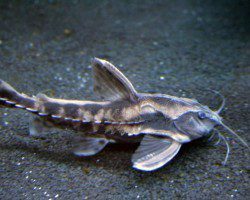 The giant Raphael catfish, scientific name Megalodoras uranoscopus, belongs to the family Doradidae (Armored Catfish)
The giant Raphael catfish, scientific name Megalodoras uranoscopus, belongs to the family Doradidae (Armored Catfish)
Blue-eyed catfish
 Oxydoras black or Blue-eyed catfish, scientific name Oxydoras niger, belongs to the family Doradidae
Oxydoras black or Blue-eyed catfish, scientific name Oxydoras niger, belongs to the family Doradidae
Spiny catfish
 Spiny catfish, scientific name Acanthodoras spinosissimus, belongs to the family Doradidae (Armored catfish)
Spiny catfish, scientific name Acanthodoras spinosissimus, belongs to the family Doradidae (Armored catfish)
marble catfish
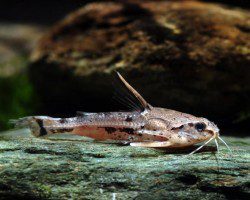 Marbled talking catfish, scientific name Amblydoras nauticus, belongs to the family Doradidae (Armoured)
Marbled talking catfish, scientific name Amblydoras nauticus, belongs to the family Doradidae (Armoured)
Platidoras
 Platydoras, scientific name Platydoras armatulus, belongs to the family Doradidae
Platydoras, scientific name Platydoras armatulus, belongs to the family Doradidae
Raphael spotted catfish
 Raphael’s spotted catfish, Agamyx stellate or Agamyks white-spotted, scientific name Agamyxis pectinifrons, belongs to the family Doradidae
Raphael’s spotted catfish, Agamyx stellate or Agamyks white-spotted, scientific name Agamyxis pectinifrons, belongs to the family Doradidae
chocolate catfish
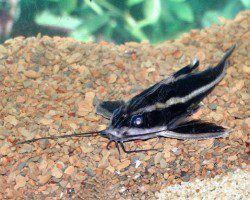 Chocolate catfish, scientific name Platydoras costatus, belongs to the family Doradidae, also known as striped Raphael catfish, Platydoras striped or Spiny platydoras
Chocolate catfish, scientific name Platydoras costatus, belongs to the family Doradidae, also known as striped Raphael catfish, Platydoras striped or Spiny platydoras
Ribbon platidoras
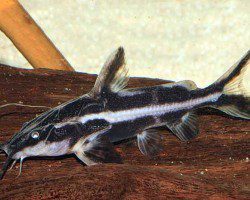 Ribbon Platidoras or Platidoras Orinoco, scientific name Orinocodoras eigenmanni, belongs to the family Doradidae (Armored)
Ribbon Platidoras or Platidoras Orinoco, scientific name Orinocodoras eigenmanni, belongs to the family Doradidae (Armored)
Platidoras blue-eyed
Blue-eyed Platydoras, scientific name Platydoras hancockii, belongs to the family Doradidae (Armored Catfish)



